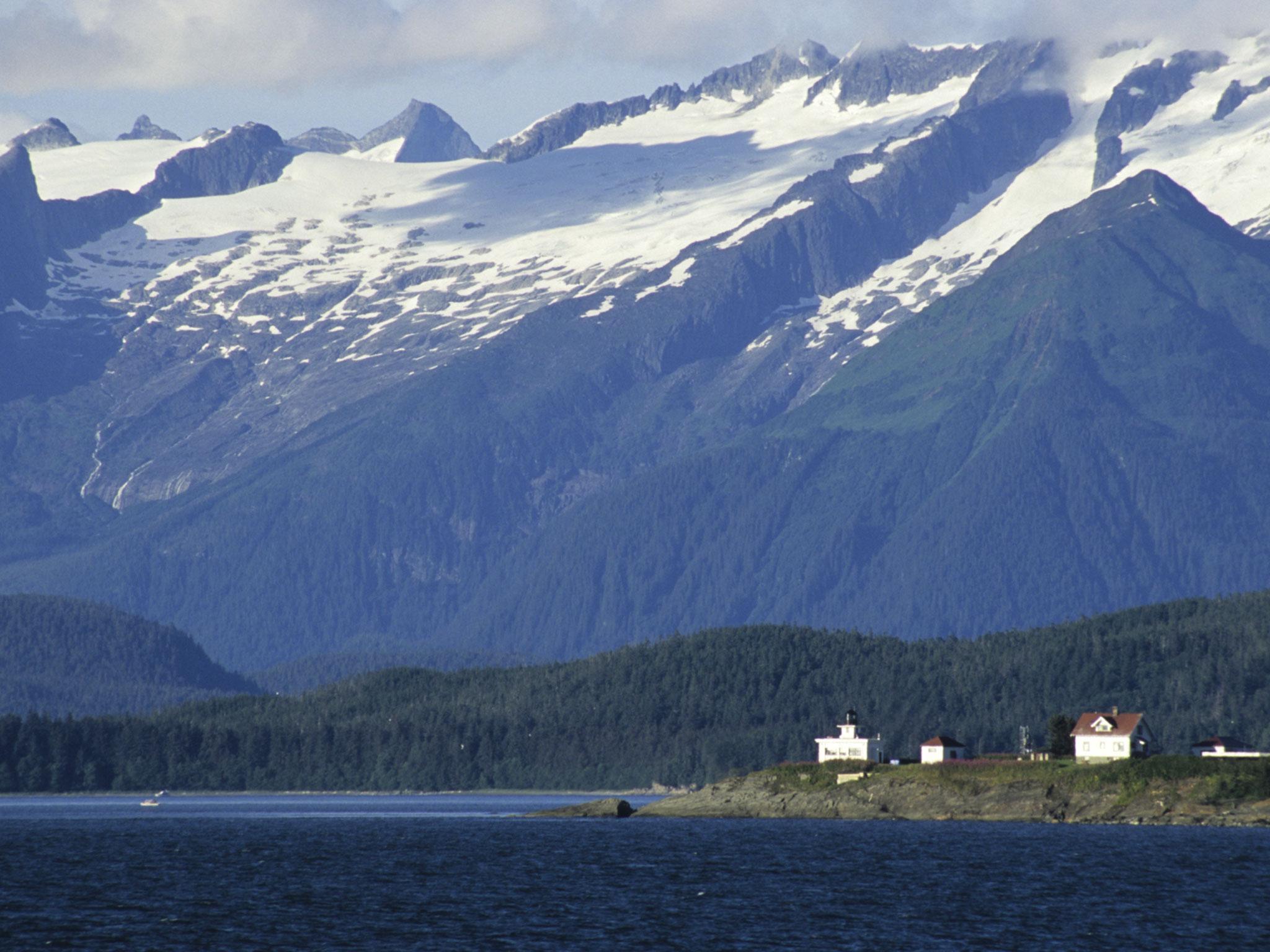New theory on how people reached the Americas revealed
Researchers show how the once ice-covered landscape between Siberia and Alaska became a viable passageway

Your support helps us to tell the story
From reproductive rights to climate change to Big Tech, The Independent is on the ground when the story is developing. Whether it's investigating the financials of Elon Musk's pro-Trump PAC or producing our latest documentary, 'The A Word', which shines a light on the American women fighting for reproductive rights, we know how important it is to parse out the facts from the messaging.
At such a critical moment in US history, we need reporters on the ground. Your donation allows us to keep sending journalists to speak to both sides of the story.
The Independent is trusted by Americans across the entire political spectrum. And unlike many other quality news outlets, we choose not to lock Americans out of our reporting and analysis with paywalls. We believe quality journalism should be available to everyone, paid for by those who can afford it.
Your support makes all the difference.A study of prehistoric DNA has challenged the established theory of how people first reached the Americas.
It suggests Ice Age people cannot have migrated to America on a land corridor between two glaciers as it was “biologically unviable”.
Conventional wisdom had it that the settlement of the Americas happened as people moved south through what is now Canada after two glaciers started to recede.
But analysis of DNA extracted from a key pinch-point suggests this was not possible as resources vital to human survival would not have been available in the ice-free corridor.
The land bridge between Siberia and Alaska was the focus of a new study published in the journal Nature.
An international team of researchers used ancient DNA extracted from a crucial point in the corridor to investigate how its ecosystem evolved as the glaciers began to retreat.
They created a comprehensive picture showing how and when different flora and fauna emerged and the once ice-covered landscape became a viable passageway.
No prehistoric reconstruction project like it has been attempted before.
The researchers concluded that while people may have travelled this corridor after about 12,600 years ago, it would have been impassable earlier than that, as the corridor lacked crucial resources, such as wood for fuel and tools, and game animals which were essential to the hunter-gatherer lifestyle.
If this is true, then it means the first Americans, who were present south of the ice sheets long before 12,600 years ago, must have made the journey south by another route.
The study's authors suggest they probably migrated along the Pacific coast.
Who these people were is widely disputed.
Archaeologists agree that early inhabitants of the modern-day United States included the so-called “Clovis” culture, a prehistoric Native American culture taking is name from Clovis in New Mexico, where distinctive stone tool artefacts were found, and it first appears in the archaeological record more than 13,000 years ago.
The new study argues that the ice-free corridor would have been completely impassable at that time.
Research was led by Professor Eske Willerslev, an evolutionary geneticist and fellow of St John's College, University of Cambridge.
“The bottom line is that even though the physical corridor was open by 13,000 years ago, it was several hundred years before it was possible to use it,” Prof Willerslev said.
“That means that the first people entering what is now the US, Central and South America must have taken a different route.
“Whether you believe these people were Clovis, or someone else, they simply could not have come through the corridor, as long claimed.”
The team gathered evidence while standing on a frozen lake surface during the winter season and applied a technique termed “shotgun sequencing”.
“Instead of looking for specific pieces of DNA from individual species, we basically sequenced everything in there, from bacteria to animals,” Prof Willerslev said.
“It's amazing what you can get out of this. We found evidence of fish, eagles, mammals and plants.”
Crucially, it showed that before about 12,600 years ago, there were no plants or animals in the corridor.
PA
Join our commenting forum
Join thought-provoking conversations, follow other Independent readers and see their replies
Comments